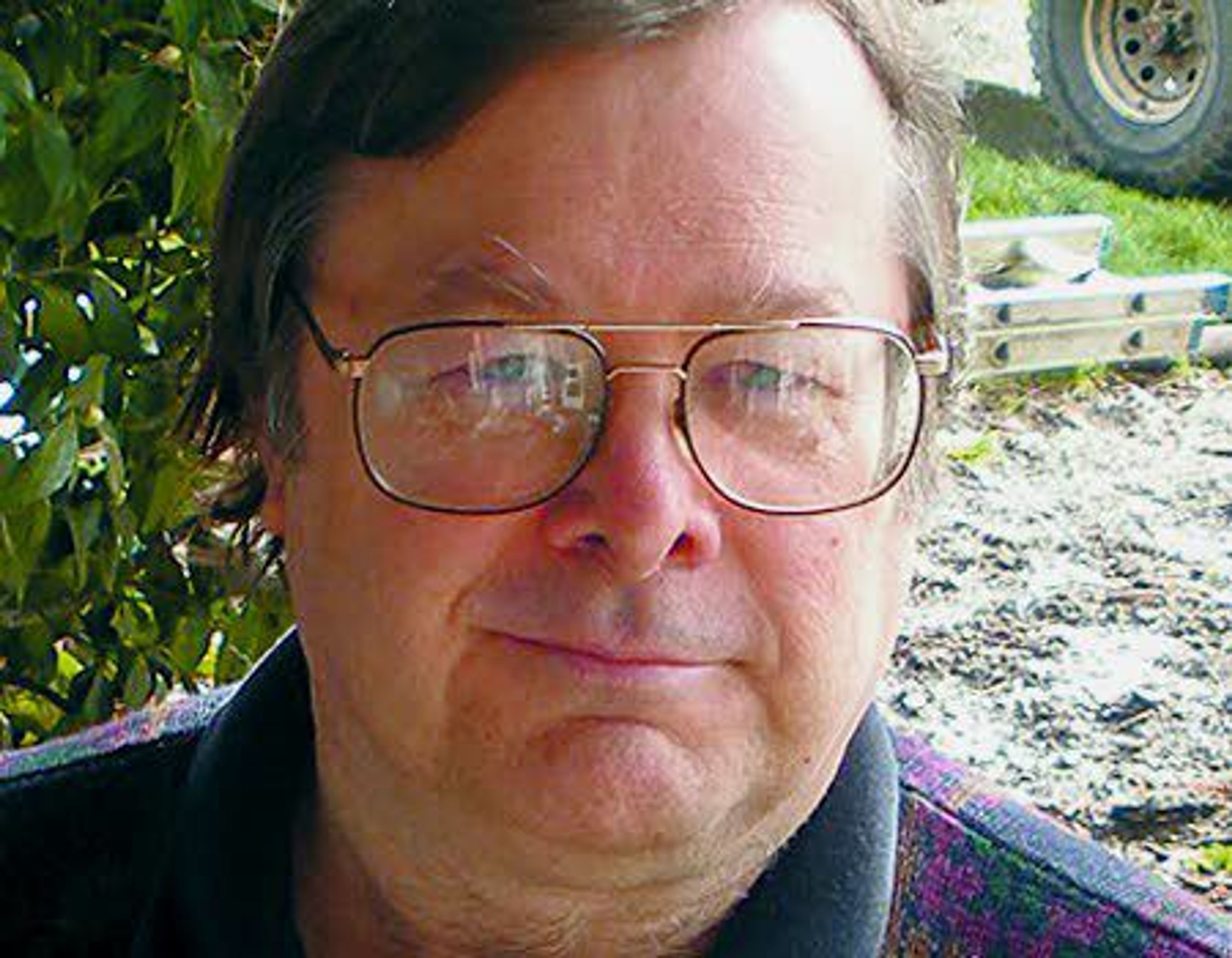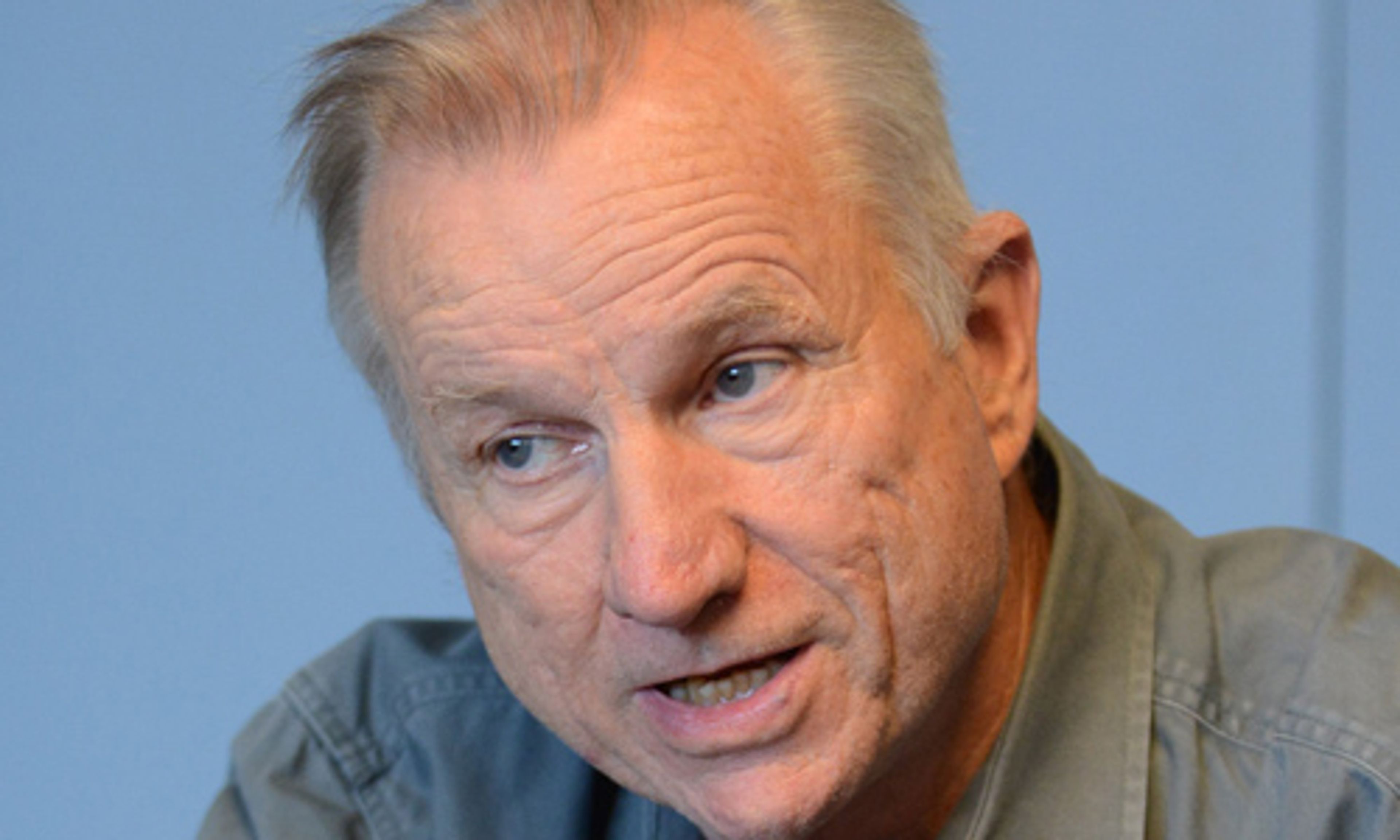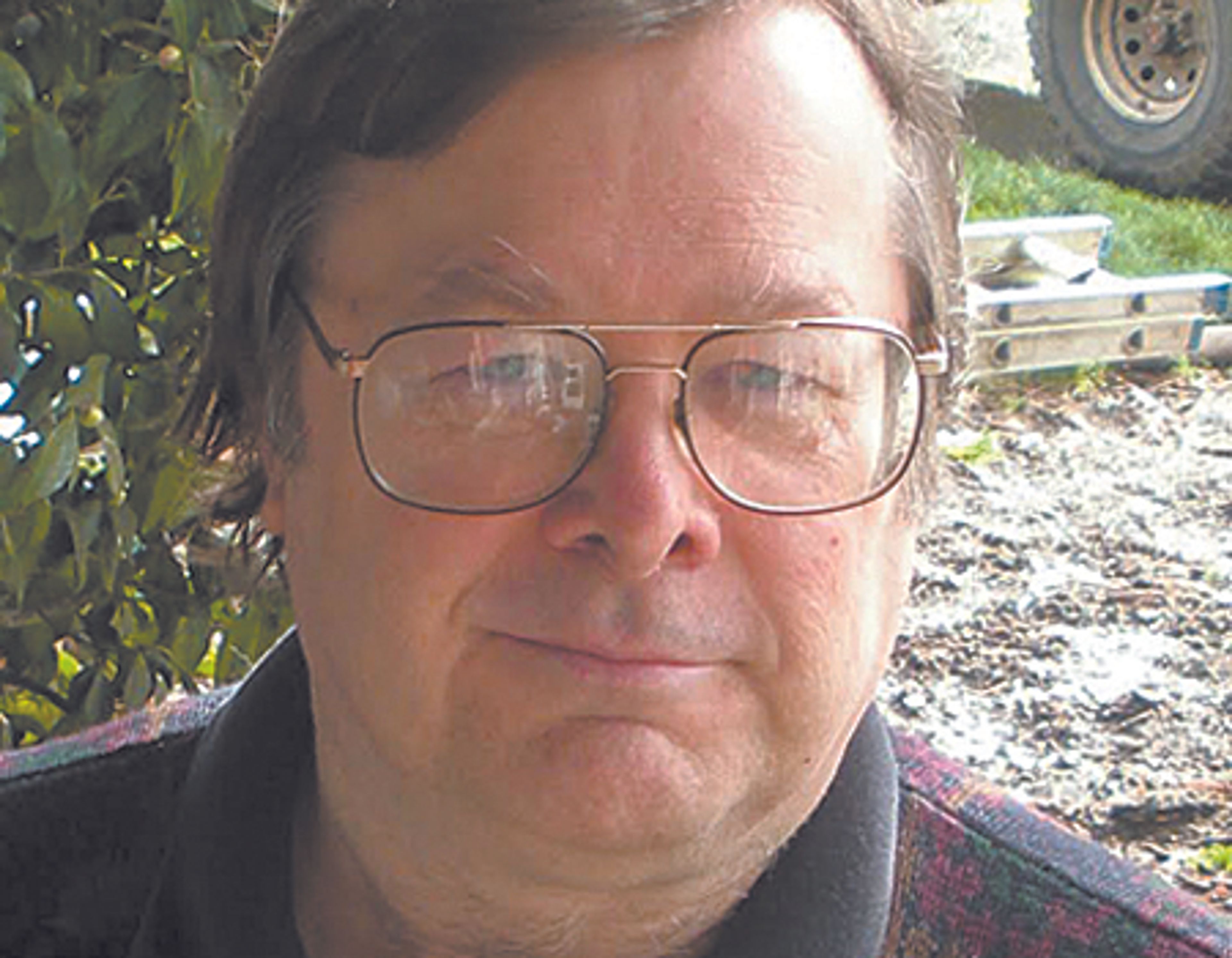For almost forever, one of Idaho’s biggest selling points has been its great outdoors, and the reality has matched the hype. It’s a beautiful state, with lots of open territory to explore, even in a time of growing population.
How well will it hold up in a time of roaring high temperatures?
And it’s getting hot. The heat has made international news in the Middle East, in southern Europe and the southern United States, among other places. Idaho has not been immune.
Last Tuesday, the U.S. Weather Service projected “a high of 101 degrees on Wednesday and then experience at least 13 straight days of 100-degree weather — which is as far as the current forecast goes.” The actual temps fell short of that, but not by much.
It’s still hot in Boise, and around much of the rest of southern Idaho — a mere outskirts of the massive heat dome that has hit so much of the rest of the country in the last few weeks.
There’s still plenty of time this summer for Boise to break its record of nine straight days of triple digits, a level hit previously just four times — all of those since 2004.
An Idaho Statesman article from a few days ago asked, “Is choking on smoke the new norm? Could the golden days of pool parties and outdoor barbecues become few and far between because being outside is just not worth it?”
Or to put a harsher point on it, will people want to be outdoors in Idaho when temperatures run so hot and — over time — ever hotter? What happens then to the centerpiece of Idaho’s appeal?
What if we never get so cool again, in our summer times, as we used to be?
That question makes sense of the University of Idaho-led research proposal called Fueling an Innovative, Equitable and Resilient Climate-smart Economy or FIERCE. This large-scale regional effort is a semifinalist for a National Science Foundation award (from a fund totaling $160 million) and it could have an effect on how the Northwest responds to climate change, making the best of a challenging situation.
The group said on its website, “Our vision is to capitalize on the Columbia River Basin’s rich natural resources to develop innovative products, solutions, and a skilled workforce to fuel a resilient economy that will solve climate change.”
It is intended to build a coordinated effort by organizations across the Columbia River basin, to do three things:
“Development of climate-smart natural and technological solutions through the integration of chemistry, biology, natural resources and engineering research.
“Development of partnerships with climate-smart venture capitalists and corporations to scale-up solutions and products through investment in existing and new regional businesses.
“Creation of a STEM workforce development program that transcends traditional disciplinary, vocational, and educational boundaries for creation, implementation, monitoring, and assessment of solutions that have an actual impact on the atmosphere.”
As it does these things, researchers may want to consider some region-specific questions.
The outdoors appeal that Idaho long has had could be endangered. Yes, the mountains still are relatively temperate, but even that is changing.
Commercial and income impacts, including — but also beyond — agriculture, will have to be considered. Anyone who works consistently outdoors may be affected by the changes ahead.
Wildfires have been moderate so far this year — take some gratitude for that — but the season for them still is young, and the trend line in the last couple of decades has been concerning.
Change is coming, and we all need to start planning for it. The UI effort is a good start, but a lot more is called for. Might the Idaho Legislature be inclined to at least consider that question?
OK, let’s not get carried away. But more people should step up and take the changes that are so clearly coming with greater seriousness.
Stapilus is a former Idaho newspaper reporter and editor and blogs at ridenbaugh.com. His email address is stapilus@ridenbaugh.com.









